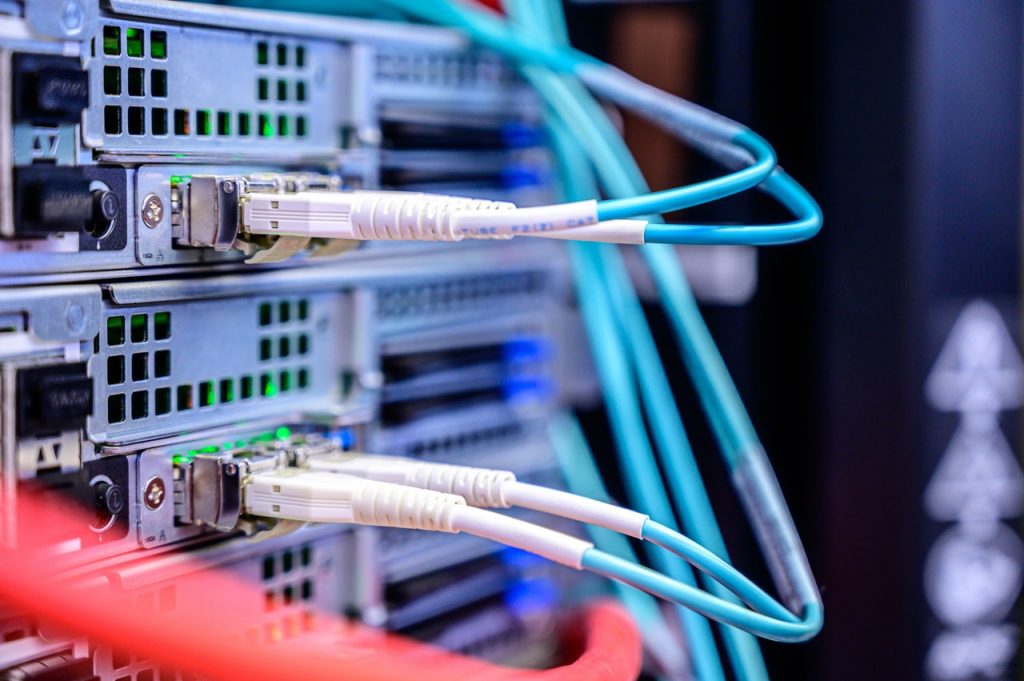IoT stands for Internet of Things or Intelligence of Things. It is nothing more than a set of devices that can communicate with each other without requiring human intervention.
IoT computing data at the edge – IoT Edge Computing
What exactly is IoT?
This is a broad concept that can include all Smart home devices (devices that allow remote control of lighting, the temperature in our homes, etc). It can also include Modern Smart City projects (A concept that is designed to, serve and take care of its residents, by introducing a system of air sensors monitoring pollution in real-time or a system of trash cans that monitor their capacity, etc).
We are also constantly developing the idea of smart cars (introducing intelligent solutions, such as exchanging information about traffic between vehicles, so that everyday use of the car is more convenient and safer for us).
We are also modernizing factories so that the hardest and most dangerous work is done by robots and machines. IoT solutions are also implemented in industries to optimize costs and maximize profits.
At the moment in everyday life, we are surrounded by smart devices, and the number of these devices in the world is already counted in trillions. It is estimated that 9.9 trillion devices are currently connected worldwide, and by 2025 this number will oscillate around 25.5 trillion active devices.
Reflecting on this, it’s easy to see that the number of devices involved is generating an unimaginable amount of data that needs to be processed somehow.

Amount of IoT data – how to approach it?
Let’s use an example, if one Airbus A350 aircraft has 6,000 sensors that collect 2.5Tb of data in one working day, then the daily transfer of such an amount of data for processing (to know the current state of the aircraft) sounds expensive and problematic.
Therefore, it is much smarter to send a simple report on which systems are normal and which require service intervention. The solution to the problem of processing this much data is to process it as close as possible to the source, i.e. Edge computing. For this purpose, we can use analytical and machine learning functions.

IoT Edge Computing benefits of on-premises computing
- Time-saving
No time is wasted waiting for data to be sent to the cloud, properly diagnosed, and then returned so that action can be taken on any issues that arise.
Another example is instead of a traffic light sending traffic data from an intersection, then waiting for a reply to take the right action. It is better to teach the traffic light to make decisions on its own, based on the data it collects locally. This speeds up the entire process.
- Resistance to connectivity issues
Again referring to the example of a traffic light at an intersection. Now consider a situation in which the traffic light has lost connection to the network and cannot send data. Will people wait for the connection to be restored? Probably not.
However, if the data is analysed locally, there is no chance of a connection loss and a potential outage. It can simply continue to function normally, and then send the data it has collected when the connection has been restored.
- Reduction of infrastructure maintenance costs
Data transfer costs money, so it is important to keep this in mind at all stages of infrastructure design. This means that it is possible to avoid generating unnecessary data transfer costs.
- Improving security
It avoids the transfer of sensitive data that can potentially be intercepted, etc. A great example of this is IoT in military service. Nobody would like sensitive military data, such as GPS positioning, to fall into the wrong hands.

IoT Edge Computing – what to tackle
- Loss of part of the data
By deciding to process data locally and reduce the costs associated with transmission to the cloud, there’s also the added benefit that there is no chance of losing data in transfer and analysis processes.
- Limited hardware resources
When we decide on Edge computing, we must be aware that the device on which we intend to process data has specific hardware resources and should be properly managed.
IoT in the cloud
Let’s assume that we process data locally, which reduces the amount of data that will be sent from the device. As a result, the problem of too much data being sent is solved, however, we have the challenge of storing and processing these huge amounts of data. At this point, it’s best to use the help offered by leading cloud providers. They offer toolkits that are ready to help with your daily tasks.
No matter how you look at it, IoT devices generate a large amount of information that may or may not have to be exclusively processed within IoT devices.
Integration with the cloud gives plenty of benefits in computing power which is available on request. Plus it also adds the option to collect data for subsequent processing. It also makes it easier to monitor and control devices in real-time. At the same time, we get benefits typical of cloud services, such as payment models in which we only pay for the resources used and avoid all costs associated with hardware upkeep. The Internet of Things is becoming more and more common in our day-to-day lives and so is the need to process the data that is generated. Fortunately, we can help by transitioning to systems that allow devices to perform some of the operations locally.